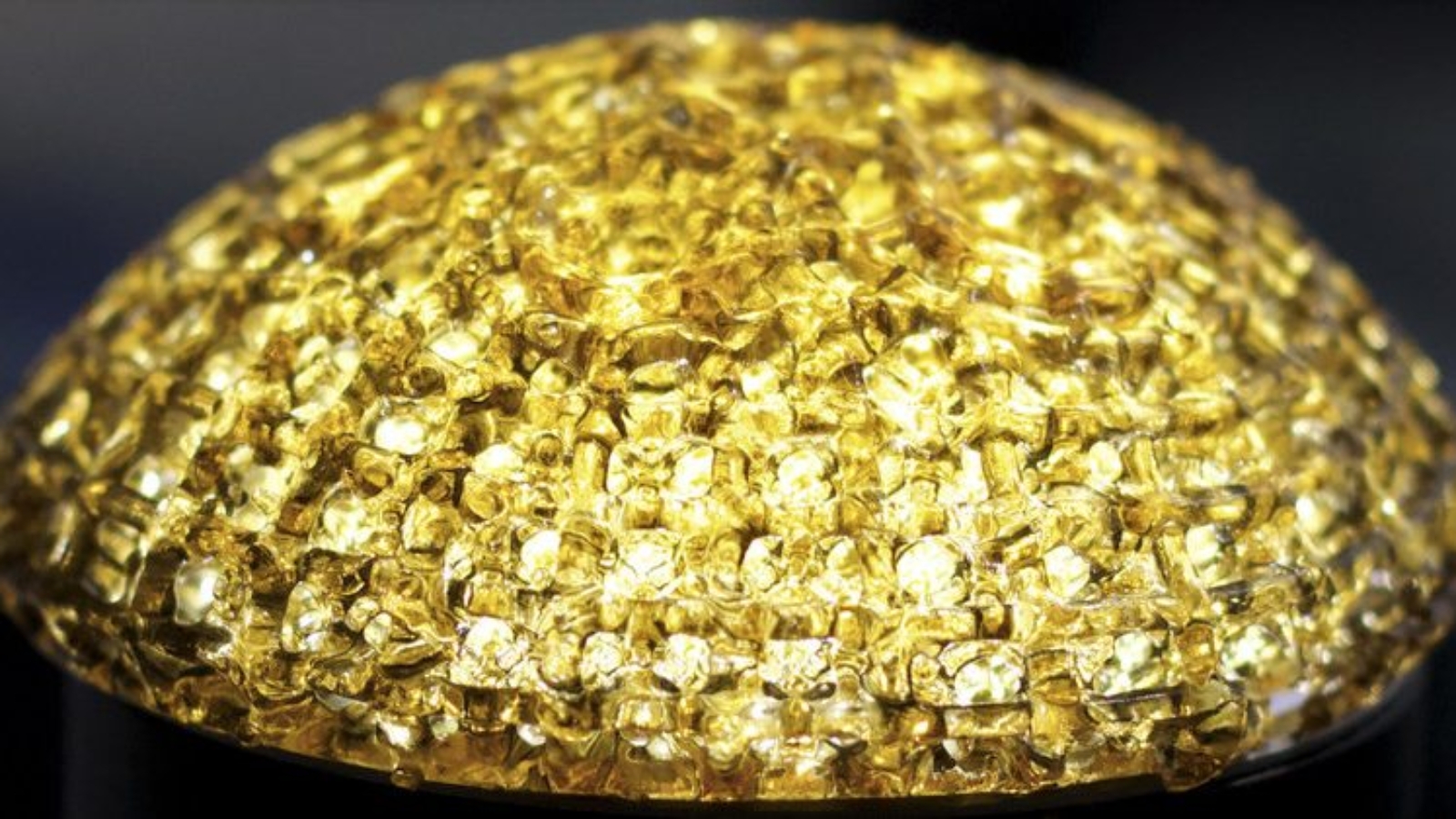CollPlant, a regenerative and aesthetics medicine company developing innovative technologies and products for tissue regeneration and organ manufacturing, has initiated a study in large animals for its 3D bioprinted regenerative breast implant program – addressing the reported $2.8 billion global breast implant market.
“This study is a quantum leap in the development of 3D bioprinted regenerative breast implants,” said Yehiel Tal, CEO of CollPlant. “We believe that our regenerative breast implants will address safety challenges associated with silicone implants while also providing a more natural looking and feeling aesthetic result. Immediately following the conclusion of this study, we are planning to launch a second study with human-size implants that mimic commercial products. These studies will advance us to the significant stage of human clinical trials.”
CollPlant’s bioprinted regenerative implants aim to overcome the challenges of existing breast procedures that use silicone implants or autologous fat transfer. According to the U.S. Food and Drug Administration, approximately 350,000 people have reported adverse events involving breast implants between 2009 and 2019. Reports range from autoimmune symptoms to breast implant-associated anaplastic large cell lymphoma (BIA-ALCL). CollPlant’s regenerative breast implants are comprised of the company’s proprietary plant-derived rhCollagen, a well-suited building block for regenerative medicine implants attributed to better bio-functionality, superior homogeneity, and improved safety.
Manufacturing on Demand

The printed implant is intended to degrade over time while promoting natural tissue regeneration and integration with host tissue. 3D bioprinting technology enables scalable production of highly precise and repeatable constructs, which can be customized to the individual anatomy of patients. The implants are designed to withstand physiological loads and to provide what CollPlant believes is a safer, more natural, and long-lasting alternative to current breast reconstruction and augmentation procedures.
To date, CollPlant has successfully produced prototypes of 3D bioprinted implants designed to regenerate breast tissue and has evaluated these in a series of preclinical studies. The company is now approaching an important milestone with the launch of a large animal study that involves the implantation of reduced-size 3D bioprinted implants in a clinically relevant porcine animal model. The study, which is planned to be concluded within six months, will evaluate adipose tissue regeneration, tissue integration, vascularization of the implant, implant degradation rate, and host tissue response to the implant. The study will also include screening of compositions and optimization of the surgical procedure, which will serve as the basis for the design of a pivotal large study with human-size implants.
In the product development process, CollPlant uses computational modeling tools that enable an optimal design of the implant in terms of geometry, materials, physical properties, and biological environment. The modeling takes into consideration the internal anatomy of the breast tissue and the behavior of an implant, post-implantation. The implant testing is rigorous and includes static and dynamic loading in order to mimic breast tissue behavior under different conditions and comply with the most stringent safety requirements.
You might also like:
Researchers turn 3D printing “inside out” with printed ice: According to an article uploaded to TechXplore, by Lynn Shea from the Carnegie Mellon University Mechanical Engineering, big scientific breakthroughs often require inventions at the smallest scale. Advances in tissue engineering that can replace hearts and lungs will require the fabrication of artificial tissues that allow for the flow of blood through passages that are no thicker than a strand of hair. Similarly, miniature ‘softbotic’ (soft-robot) devices that physically interact with humans safely and comfortably will demand the manufacture of components with complex networks of small liquid and airflow channels.
* This article is reprinted from 3D Printing Media Network. If you are involved in infringement, please contact us to delete it.
Author: Edward Wakefield


Leave A Comment